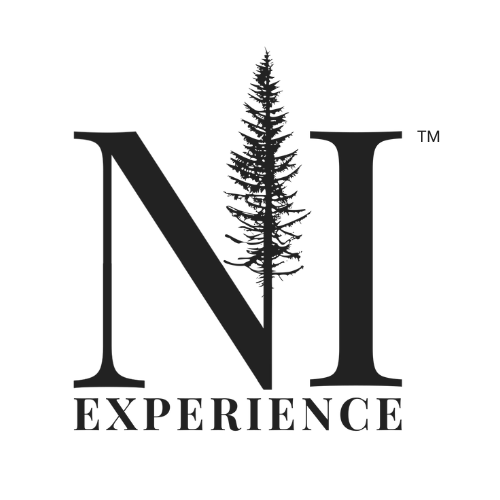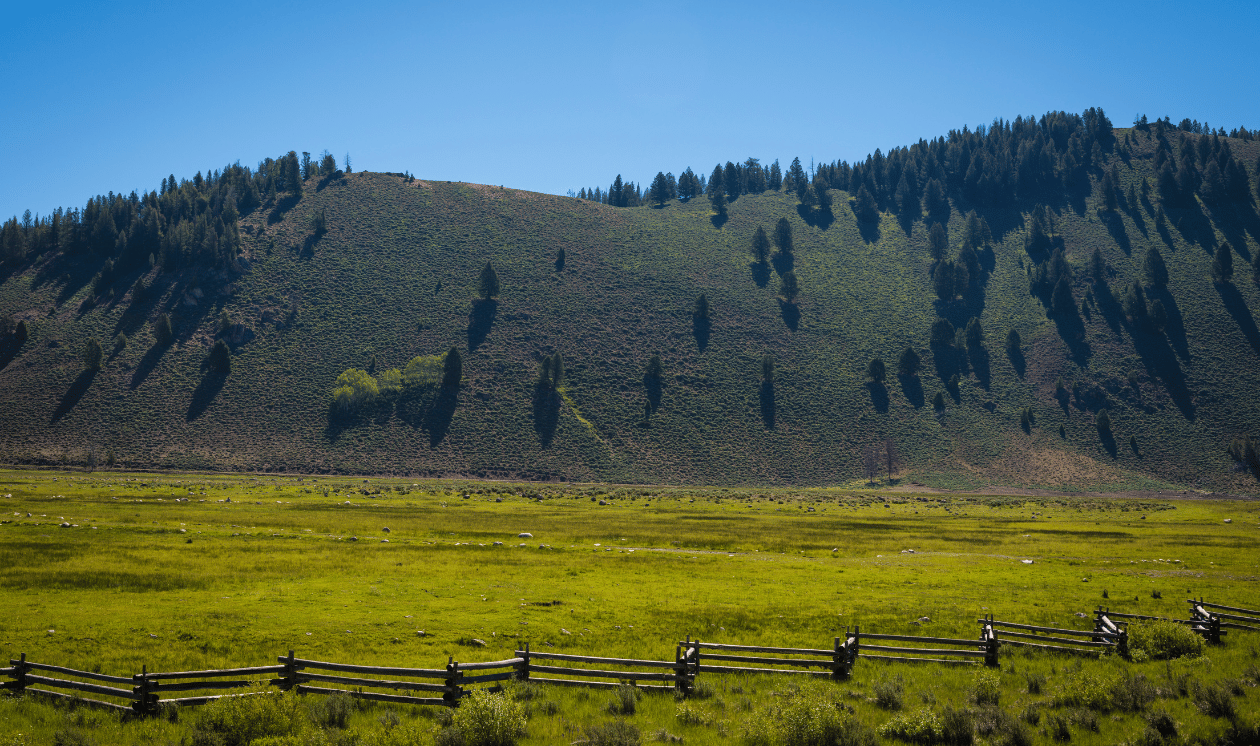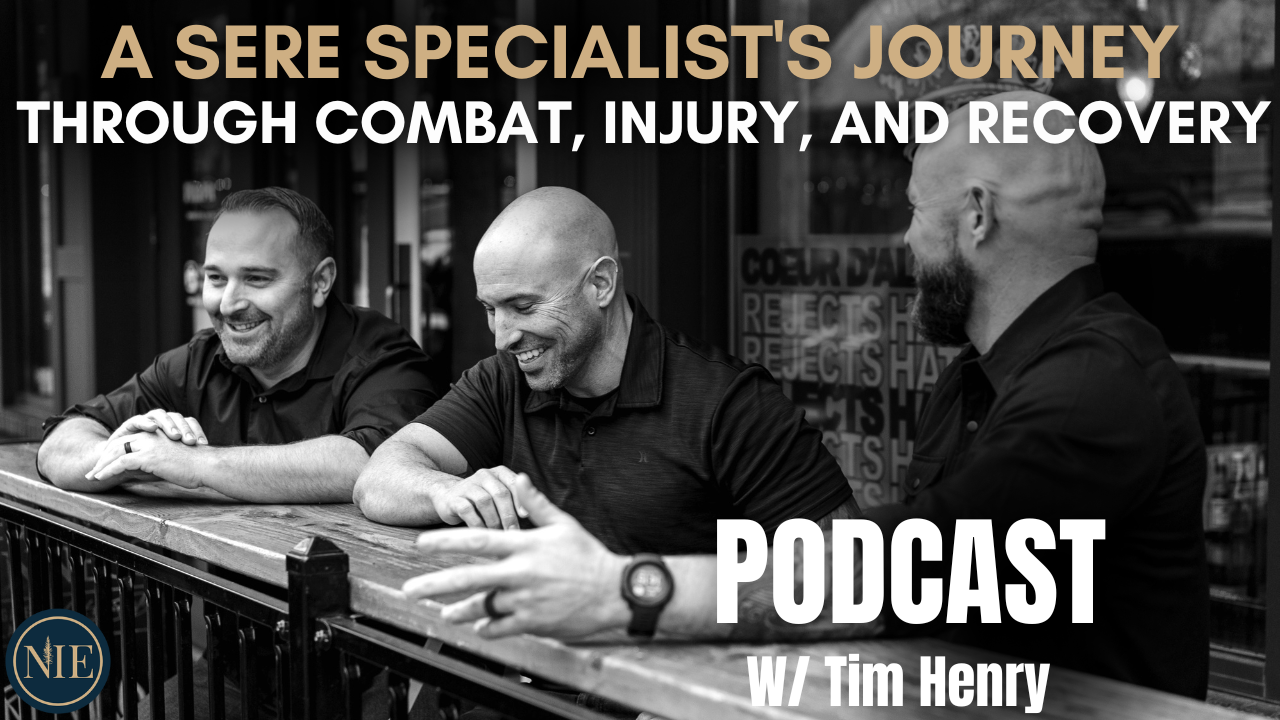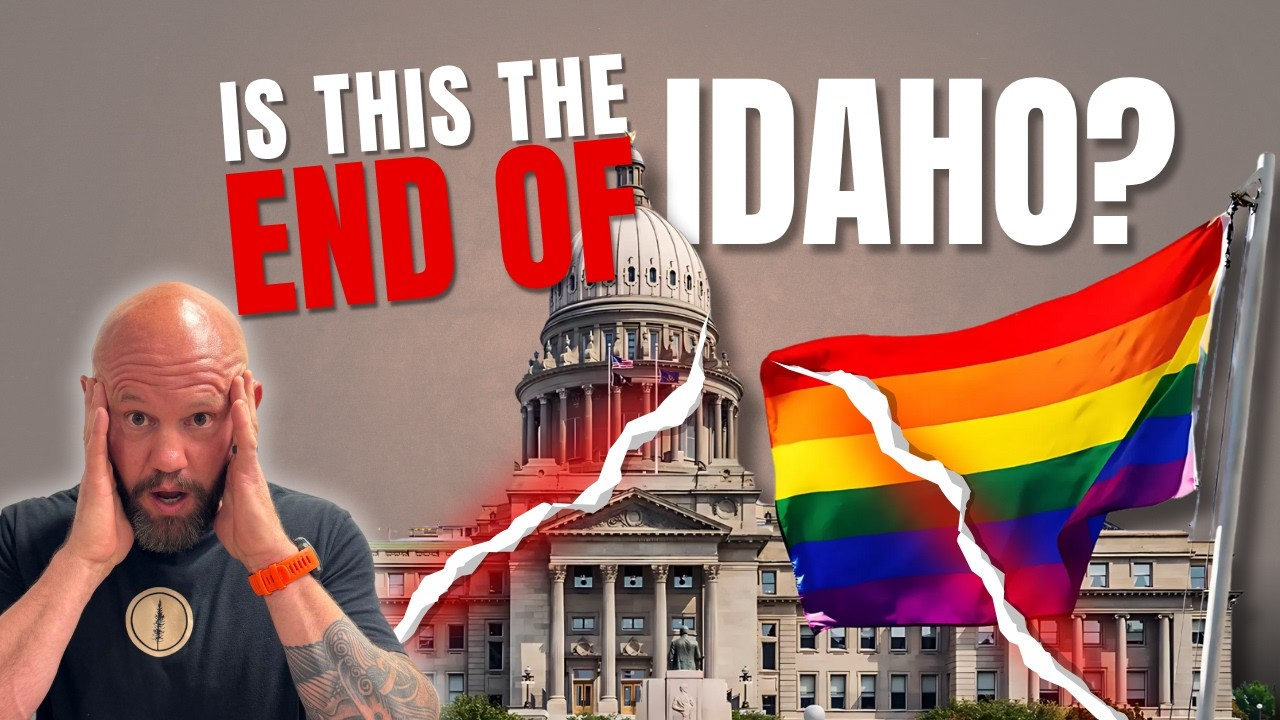Living Off the Grid in North Idaho: What You Need to Know
Off-grid living in North Idaho isn’t just a trend—it’s a lifestyle rooted in self-reliance, freedom, and the rugged beauty of the Inland Northwest. Whether you’re dreaming of a log cabin in the woods, a solar-powered homestead, or simply a slower, more intentional way of life, North Idaho offers some of the best opportunities in the country to live unplugged.
But before you pack your bags and head for the hills, there are a few important things to understand about the realities of going off the grid in this region. From securing water and power to navigating land regulations and fire risks, this guide breaks down what you need to know before living off-grid in North Idaho.
1. Power: Solar, Generators, and Grid Alternatives
If you plan to live off the grid, expect to generate your own power—most commonly through solar energy, backed by battery storage and gas or propane generators for backup.
- Solar setups are ideal in open, south-facing locations and can power everything from fridges to tools, but North Idaho winters can reduce solar output significantly.
- Generators (especially diesel or propane) are a common backup, particularly during the darker months.
- Wind and micro-hydro power are possible in some areas, but far less common due to terrain and weather variability.
Pro tip: Powering a well pump is one of the biggest energy draws—make sure your power system is sized accordingly.
2. Water: It’s All About the Well (or Spring)
Water is a non-negotiable part of any off-grid setup, and in North Idaho, there are a few options:
- Drilled wells are the most reliable, but depth and cost vary significantly by location. Expect to pay $20,000–$40,000 or more, depending on terrain and depth.
- Springs and surface water are possible on certain parcels, but require filtration and may be seasonal.
- Rainwater catchment systems can supplement other sources but rarely provide enough for full-time living without significant infrastructure.
Not all land in North Idaho has water access, so don’t buy without verifying a proven water source.
3. Septic + Waste Management
Most off-grid properties in North Idaho use private septic systems or composting toilets.
- Standard septic systems require a percolation (perk) test before installation. Rocky or poorly draining soils can make this expensive or impossible.
- Composting toilets and graywater systems are legal in some counties but must meet health code requirements.
Before clearing land or breaking ground, check with the local health district for septic permitting requirements.
4. Access + Maintenance
Off-grid often means remote. And remote means you are responsible for your roads.
- Private roads and driveways may need to be graded, graveled, and maintained by the property owner.
- In winter, snow removal is essential. Many off-grid properties are inaccessible without a 4WD vehicle and a serious plow plan.
Access is also about safety—can emergency services reach you? What’s your backup if the road washes out or snows in?
5. Heat + Cooking: Wood, Propane, and Prep
With limited or no grid power, your home heat and cooking sources need to be self-sufficient:
- Wood stoves are the most common primary heat source—reliable, cost-effective, and abundant.
- Propane can power stoves, water heaters, and even fridges.
- Backup supplies are crucial—off-grid living means thinking ahead, especially in winter when roads can be impassable for days or weeks.
Many locals also install thermal mass features (like stone floors or walls) to retain heat efficiently.
6. Land Considerations + Permits
Just because a property is remote doesn’t mean it’s unregulated. Some important things to check before purchasing off-grid land:
- Zoning laws and land use codes can impact what you build and how you use the land.
- Building permits are still required in most counties, even for cabins or tiny homes.
- Fire protection zones may require defensible space or limit certain types of construction.
- Timber rights and mineral rights may not convey with the land—know what you’re actually buying.
Work with a local agent who understands these nuances. Our North Idaho Experience team can help you vet properties before you commit.
7. Mentality Matters: Preparedness + Patience
Living off the grid in North Idaho is deeply rewarding—but it’s not for everyone.
You’ll need to be comfortable with:
- Limited access to amenities
- Physical labor and daily maintenance
- Unpredictable weather and natural challenges
- Problem-solving without instant solutions
It’s also important to have a community. Even the most independent homesteaders in North Idaho rely on local networks for bartering, assistance, and camaraderie.
Final Thoughts: Should You Live Off the Grid in North Idaho?
If you’re seeking more freedom, connection to the land, and resilience in uncertain times, off-grid living in North Idaho can be a life-changing choice. But the dream only works when it’s backed by planning, patience, and the right property.
Ready to start your search? Reach out to the North Idaho Experience team and let us help you find the land, resources, and guidance you need to make the move off-grid—successfully.
Listen, Watch, Read





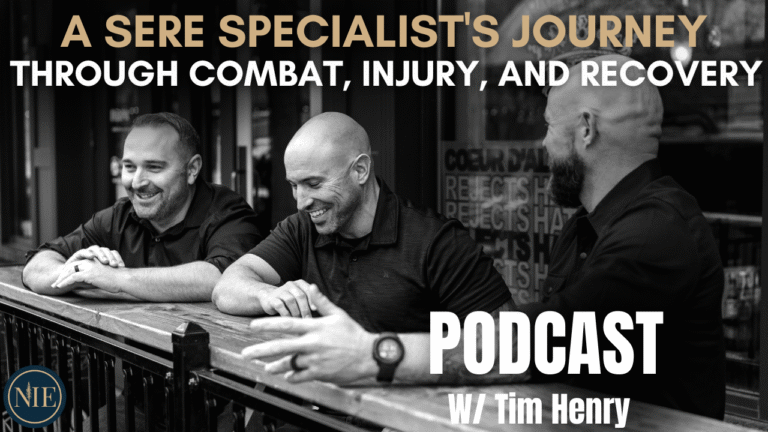
Your Guide to Idaho’s Best-Kept Secrets
Join our email list for exclusive insights, local tips, and the latest listings. Get closer to the Idaho lifestyle you’ve been dreaming of. Sign up today!
